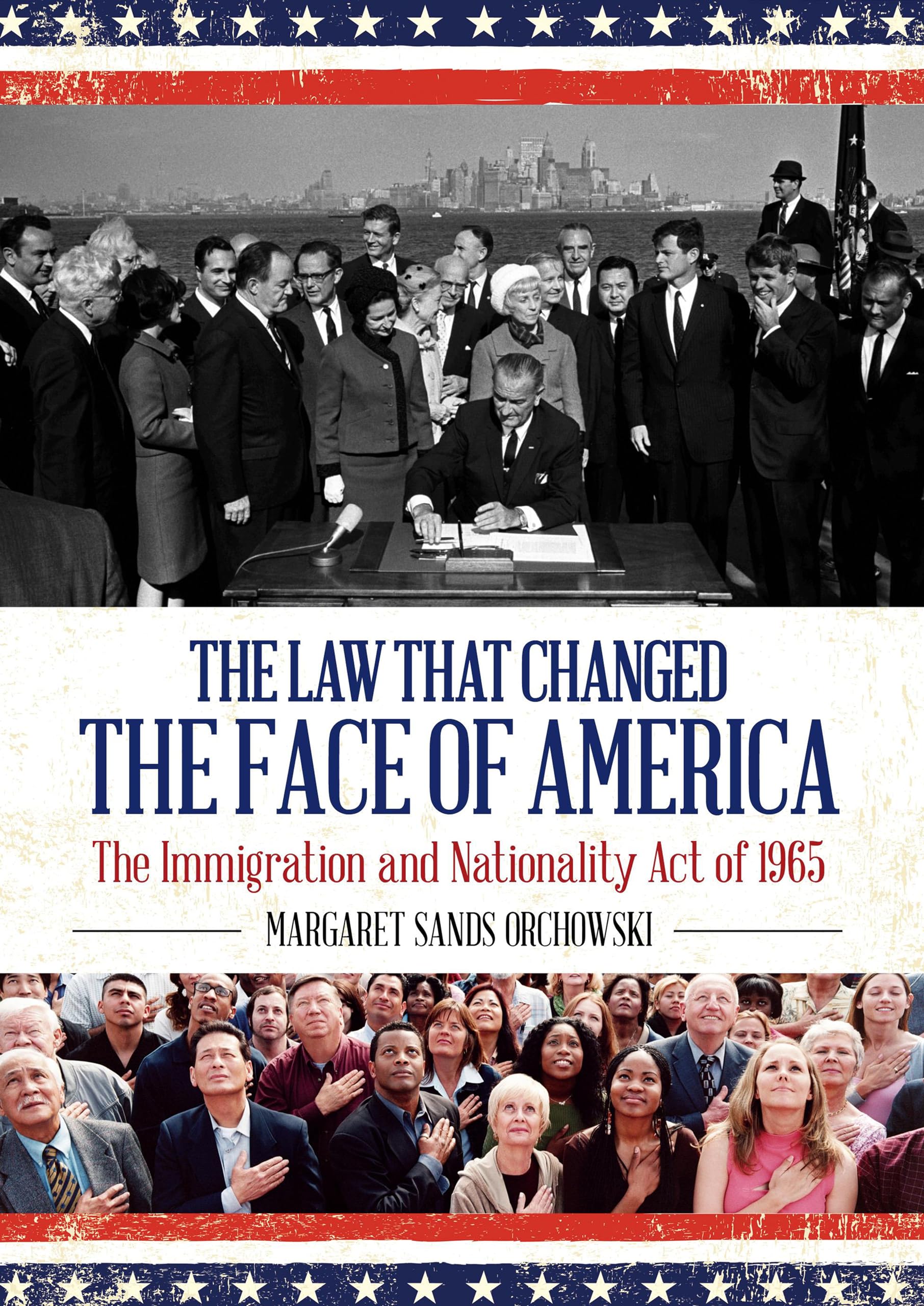
The Immigration and Nationality Act of 1965 (The Hart-Celler Act)
During the Civil Rights Movement, the national origins formula was increasingly attacked by immigrants for being racially discriminatory. Congress responded by passing the Hart-Celler Act, which abolished the nationality quotas, thus removing de facto discrimination against Asians and Eastern and Southern Europeans.
The Hart-Celler Act ended discriminatory nationality quotas and implemented a system that prioritized entrance for family members of US citizens and legal permanent residents, as well as immigrants with specialized skills. This new preference system provided the first quota on immigration within the Americas and still characterizes immigration regulation today.
President Johnson made the Hart-Celler reforms a central part of his presidency, advocating for the immigration reform in his first State of the Union address: “We must also lift by legislation the bars of discrimination against those who seek entry into our country, particularly those who have much needed skills and those joining their families.” While passage of the Hart-Celler Act became an important accomplishment of Johnson’s Great Society, it also was the culmination of a political calculation that he and President Kennedy had discussed as early as 1955 when they both served in the Senate. In their view, the Democratic Party had made a commitment to eliminate the quota system and needed to fulfill its obligations if it hoped to win at the polls.
This law opened the door to non-European immigration in unprecedented numbers.

